Caravaggio and Bernini defined the dramatic realism of the early Roman baroque in their respective mediums of painting and sculpture. This display is the first to focus on the two artists together; it also looks at their influence on contemporaries such as Guido Reni and Artemisia Gentileschi. Find out more from the Kunsthistorisches Museum’s website.
Preview the exhibition below | View Apollo’s Art Diary here
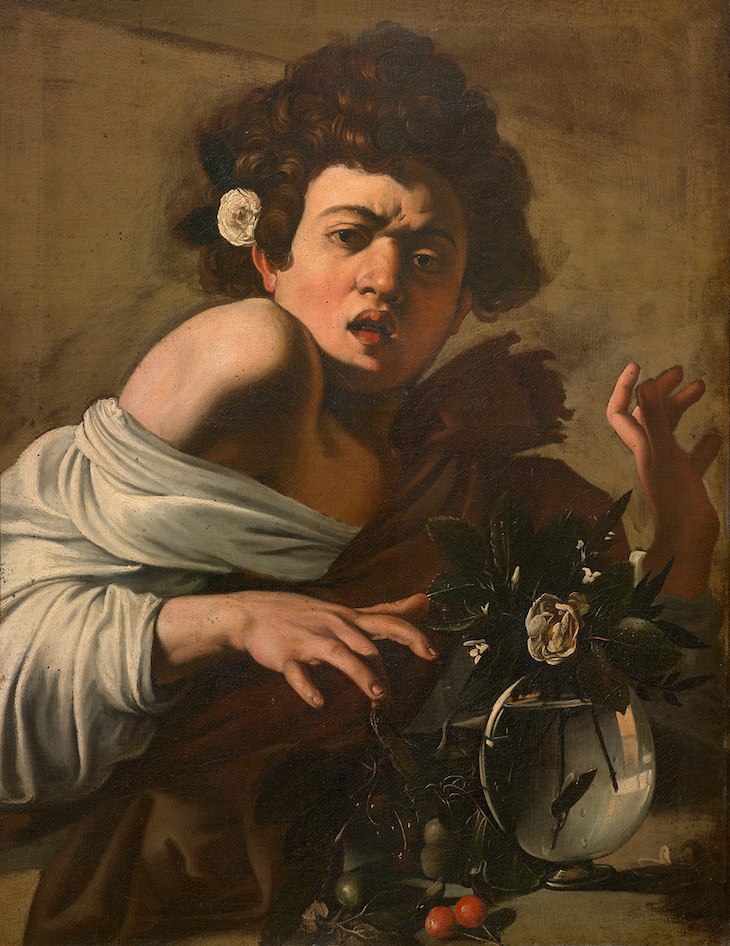
Boy Bitten by a Lizard (c. 1597/98), Caravaggio. Fondazione Roberto Longhi, Florence
The young Caravaggio arrived in Rome from Milan in around 1592, and by the middle of the decade he had already begun to make a splash in Rome – as much for his dissolute lifestyle as for his art. In this depiction of a boy bitten by a lizard, he captures the sudden jolt of pain with a sense of immediacy unmatched by his contemporaries – an early example of the high pitch of pathos and drama for which Roman baroque painting would soon become famous throughout Europe.
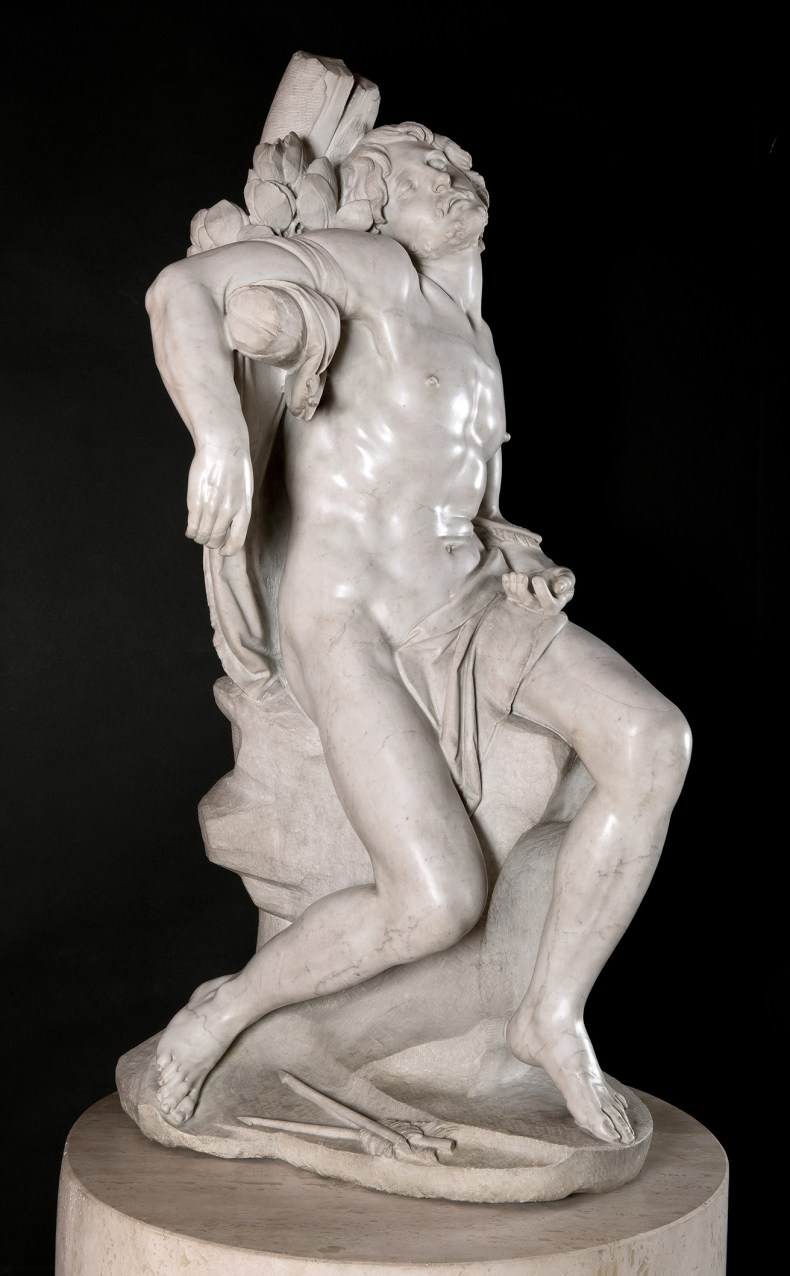
St Sebastian (1617), Gian Lorenzo Bernini. Photo: © Museo Nacional Thyssen-Bornemisza, Madrid
‘You were made for Rome,’ Pope Urban VIII once said to Gian Lorenzo Bernini, ‘and Rome for you.’ Born in Naples in 1598, he moved with his family to the Eternal City in 1606, by which time Caravaggio’s extravagant dramatic realism had made him the most famous artist in the city. Under the patronage of Cardinal Scipione Borghese, Bernini developed a sculptural style that also sought to express heightened emotion through grand gestures; this early sculpture shows St Sebastian at the moment of his martyrdom, pinioned to a tree and pierced with arrows.
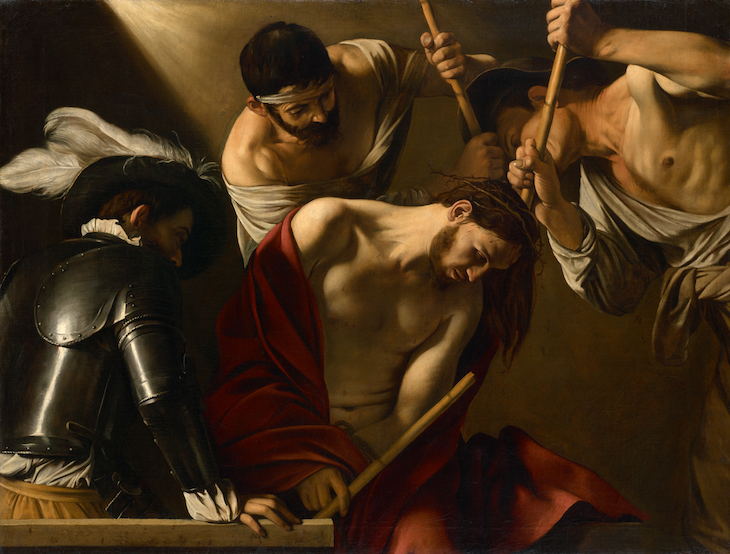
The Crowning with Thorns (c. 1603), Caravaggio. Photo: © KHM-Museumsverband
The sadistic malice of the two Roman soldiers, ramming the crown of thorns onto Christ’s head with sticks, is offset here both by the expression of forbearance on Christ’s face and by the bored posture of the observing guard on the left of the composition – extremes of emotion that are replicated with the extremes of light and dark that Caravaggio achieves with his characteristic, heightened chiaroscuro. With the exquisite realism that caused his contemporaries to call him ‘the unique imitator of nature’, Caravaggio communicates raw suffering as an experience at once horrifying and beautiful.
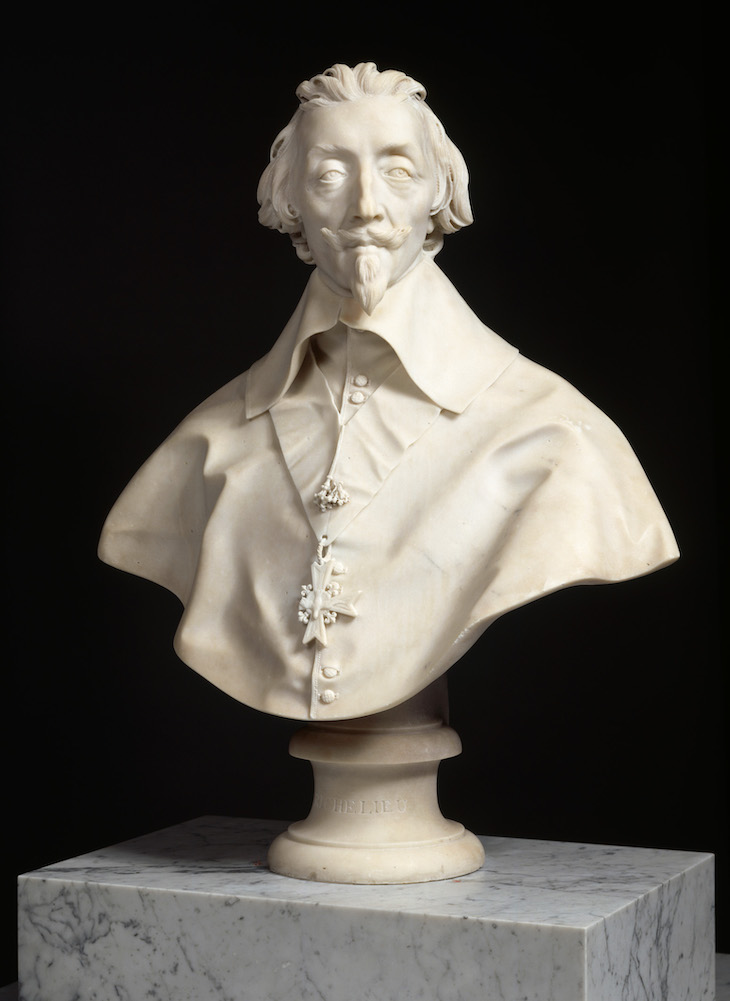
Cardinal Armand-Jean du Plessis (1585–1642), Duc de Richelieu (1640–41), Gian Lorenzo Bernini. Photo © RMN-GP (Musée du Louvre)/Hervé Lewandowski
Like Caravaggio, Bernini gained a reputation for psychological realism that no other sculptor could match, and by the 1630s his fame had spread throughout Europe, bringing him royal commissions from the courts of Modena, France and England. In this portrait of Cardinal Richelieu, the sharp features of the French king Louis XIII’s chief minister combine with the soft folds of his clothing to imbue the figure with a sense of gravity.
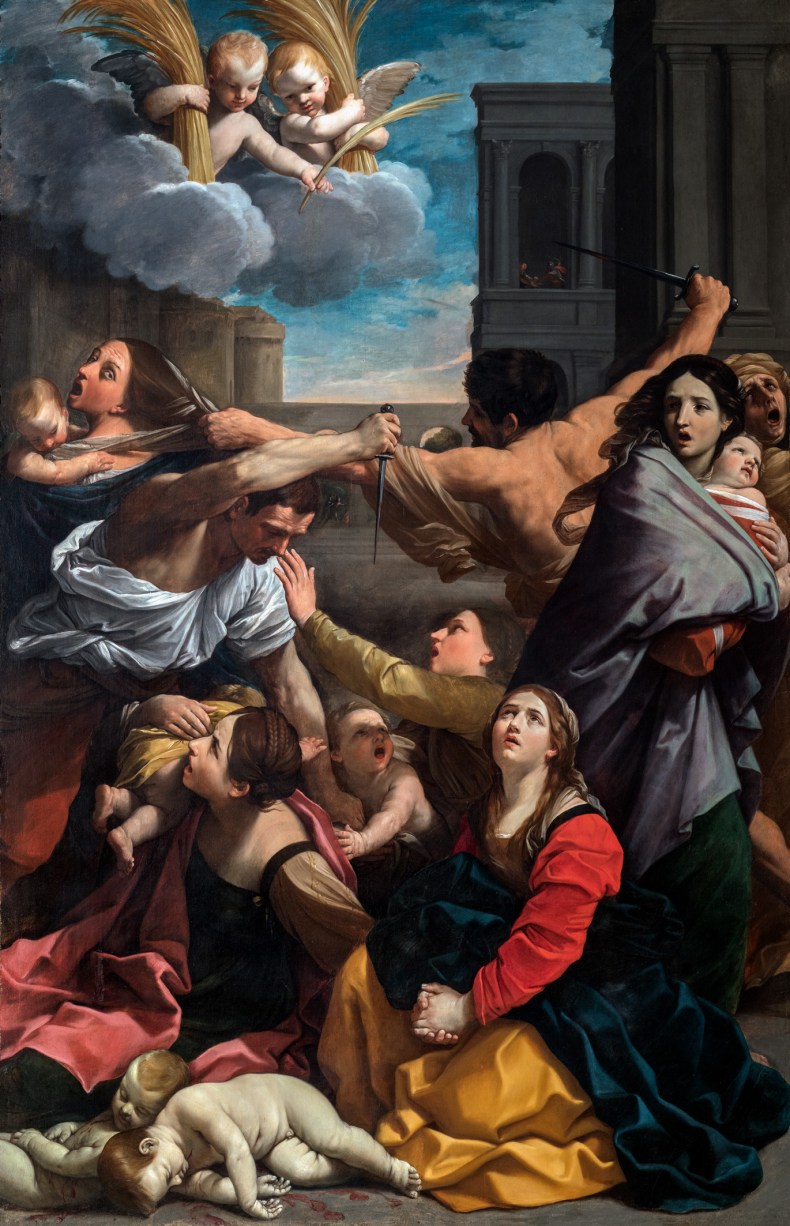
Massacre of the Innocents (1611), Guido Reni. Photo: © Poilo Museale del’Emilia-Romagna
The exhibition also looks at the broader artistic milieu of Rome in the early 17th century, when artists in different media began to collaborate with one another on projects – expansive family chapels and ambitious galleries – of a scale hitherto unattempted, in which paintings were combined with sculpture. Accordingly, baroque painters and sculptors began to absorb influences from each other’s mediums; paintings like Guido Reni’s Massacre of the Innocents (1611) suggest the sculptural effect of modelling figures with heightened contrasts of light and shadow.

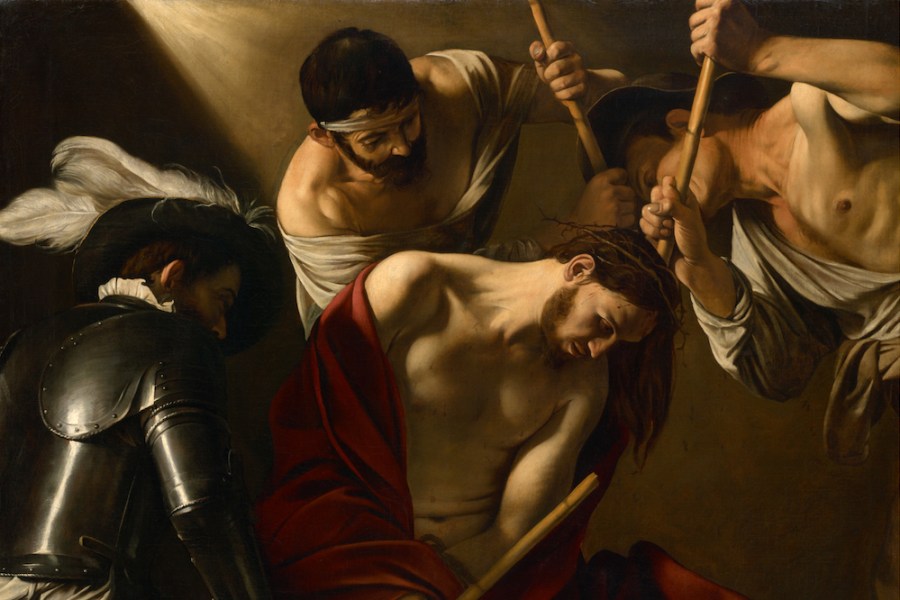

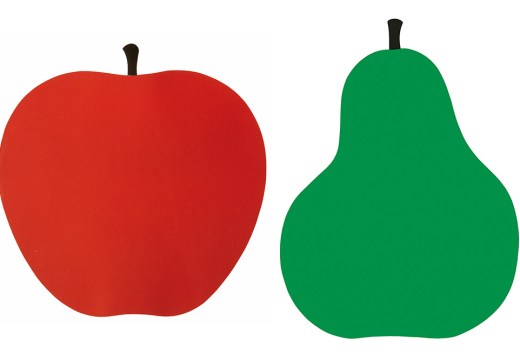
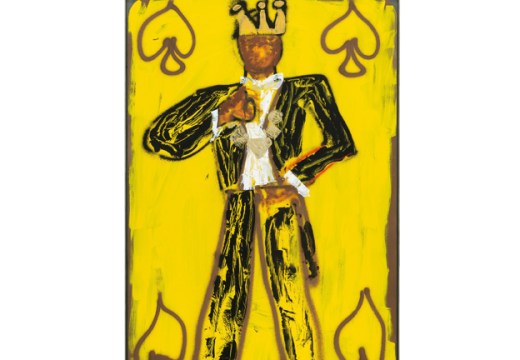






![Masterpiece [Re]discovery 2022. Photo: Ben Fisher Photography, courtesy of Masterpiece London](http://www.apollo-magazine.com/wp-content/uploads/2022/07/MPL2022_4263.jpg)
Has the Fitzwilliam lost the hang of things?